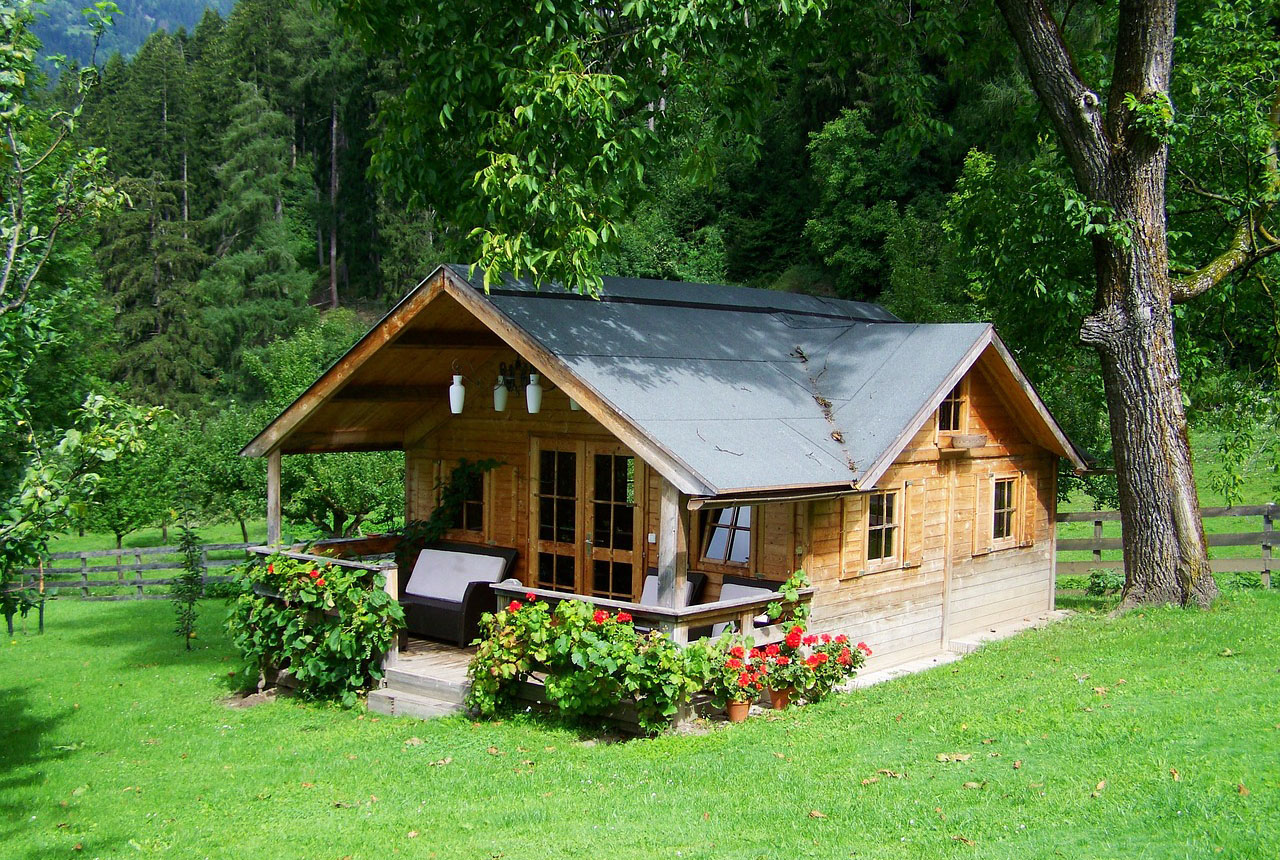
In recent years, the tiny house movement has swept across the globe, offering an innovative solution to the age-old problem of affordable housing. As traditional home prices soar, many are finding solace in the simplicity and financial freedom that tiny houses provide. But what exactly makes tiny houses such a viable option for affordable living? Let’s dive into the world of tiny homes to discover how these pint-sized properties are making a huge impact.
What is a Tiny House?
A tiny house is exactly what it sounds like: a very small home, typically ranging from 100 to 400 square feet. These homes can be stationary or built on trailers, giving owners the freedom to set roots or travel at will. Despite their size, tiny houses are designed to maximize space and often feature all the necessary amenities, including a kitchen, sleeping area, bathroom, and living space.
The Cost-Effectiveness of Tiny Houses
One of the most appealing aspects of tiny houses is their affordability. Here’s how they stack up against traditional homes:
Lower Initial Costs
Building or buying a tiny house is significantly cheaper than purchasing a standard-sized home. On average, a tiny house can cost between $30,000 and $60,000, with many enthusiasts choosing to build their own homes for even less. This stark contrast to the average U.S. home price allows individuals and families to own a home without the burden of a hefty mortgage.
Reduced Maintenance and Utility Costs
Tiny homes are not only affordable to acquire but also to maintain. Their small size means less space to heat, cool, or light, which translates into lower utility bills. Maintenance expenses are also minimized due to the smaller area and fewer appliances.
Flexibility and Freedom
Many tiny house owners value the mobility of their homes. For those built on trailers, the ability to relocate without the process of buying and selling property is a cost-effective luxury. This mobility is ideal for those looking to avoid property taxes or to live a minimalist lifestyle.
Environmental and Lifestyle Benefits
Aside from financial reasons, many choose tiny houses for their minimal environmental impact. Tiny homes require fewer materials to build and consume less energy, which appeals to the eco-conscious. Furthermore, living in a tiny house encourages a clutter-free lifestyle, compelling owners to prioritize essentials and minimize waste.
Challenges of Tiny House Living
While the benefits are plentiful, living in a tiny house does come with its own set of challenges:
Zoning Laws and Building Codes
One of the most significant hurdles for tiny house enthusiasts is navigating zoning laws and building codes, which often aren’t favorable to tiny houses, especially those on wheels. Many areas require minimum square footage for new constructions, not accounting for the tiny house trend.
Limited Space
Obviously, space is a premium in a tiny house. This can be a major adjustment, particularly for families or those with pets. Efficient use of space and multi-functional furniture is essential for comfortable living.
Social Stigma
Despite their growing popularity, tiny houses can still carry a social stigma. Some view them as too unconventional or associate them with lower living standards, which can be a deterrent for those considering this lifestyle.
How to Get Started with Tiny House Living
Interested in transitioning to a tiny house? Here are some steps to get started:
- Research Thoroughly: Understand the legalities in your area regarding tiny houses. Look into local building codes, zoning laws, and potential living sites.
- Plan Your Home: Whether you’re building yourself or purchasing a pre-made model, design your space to suit your lifestyle. Think about what you need in your daily life and what you can do without.
- Downsize Your Belongings: Embrace the minimalist lifestyle that comes with tiny living. Sell, donate, or dispose of items that won’t fit or aren’t necessary.
- Connect with the Community: Join online forums, attend workshops, and connect with other tiny house enthusiasts. Learning from others’ experiences can provide invaluable insight and support.
- Consider Your Financing Options: While cheaper, tiny houses still require financing. Look into personal loans, savings, or even crowdfunding to finance your new home.
Conclusion
Tiny houses offer a promising solution to the growing issue of affordable housing, providing a way to live simply and sustainably while avoiding the financial burdens of traditional homeownership. They challenge the norms of living big and open up a world of possibilities for reducing debt, environmental impact, and personal clutter. If you’re seeking a lifestyle that emphasizes freedom and simplicity, a tiny house might just be the perfect starting point. So, why not consider going small? It could lead to big changes in your life and finances.





